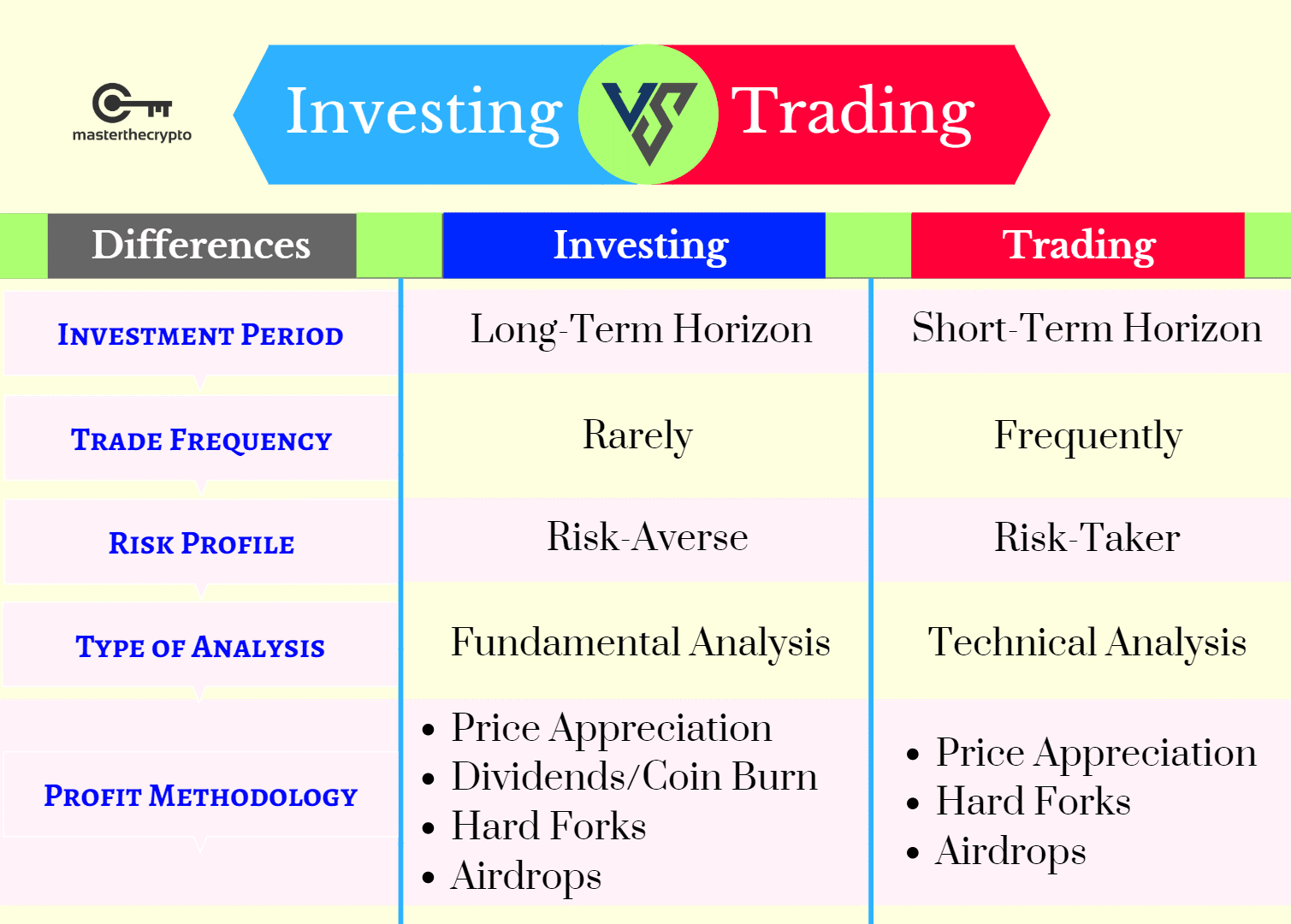Introduction
Have you ever imagined multiplying your investments without owning the underlying assets? Options trading offers this tantalizing prospect. In the realm of finance, options are versatile contracts that empower you to speculate on the price movements of stocks, bonds, and currencies without actually buying or selling them. This guide will delve into the captivating world of options trading, providing you with a comprehensive understanding of its intricacies and empowering you to navigate this dynamic market.

Image: masterthecrypto.com
What are Options Contracts?
At its core, an options contract grants you the right, not the obligation, to buy (call option) or sell (put option) an underlying asset at a predetermined price (strike price) on or before a specific date (expiration date). Options are categorized into two primary types: calls and puts.
- Call Options: Provide the holder with the right to purchase an underlying asset at the strike price.
- Put Options: Confer the right to sell an underlying asset at the strike price.
Options are traded on stock exchanges, just like stocks and bonds. When you purchase an option, you essentially pay a premium to acquire this right. Upon expiration, if the option is “in the money” (i.e., when it would be profitable to exercise), you may choose to exercise it or let it expire worthless.
The Anatomy of an Options Contract
To fully grasp the mechanics of options trading, let’s dissect the anatomy of an options contract:
- Underlying Asset: The security or financial instrument that the option contract represents (e.g., stock, bond, currency).
- Strike Price: The price at which you can buy or sell the underlying asset if you decide to exercise the option.
- Expiration Date: The date on which the option contract expires.
- Premium: The price you pay to acquire the option contract.
- Option Type: Call or put option, representing your right to buy or sell.
Key Concepts in Options Trading
Navigating the options market effectively requires a thorough understanding of several key concepts:
- Premium: The price you pay to purchase an option contract.
- Volatility: A measure of the fluctuations in the price of the underlying asset.
- Time Value: The value of the option that decays as it approaches its expiration date.
- Intrinsic Value: The difference between the strike price and the current price of the underlying asset.
- Exercise Price: The price at which you can exercise your right to buy or sell the underlying asset.

Image: tradebrains.in
Tips and Expert Advice for Success
To enhance your options trading journey, heed the following tips and insights from experienced traders:
- Understand the Basics: Familiarize yourself with the different types of options contracts, their characteristics, and the underlying assets they represent.
- Start Small: Begin with smaller trades to gain experience and manage your risk effectively.
- Manage Risk: Use stop-loss orders to mitigate potential losses and carefully consider the volatility of the underlying asset.
- Monitor the Market: Keep abreast of economic news, earnings reports, and market trends that may impact the value of your options.
- Seek Professional Guidance: Consult with a financial advisor or broker to analyze your investment goals, risk tolerance, and appropriate trading strategies.
Frequently Asked Questions (FAQs)
Q: What are the potential benefits of options trading?
A: Options trading provides leverage, enabling you to potentially multiply your returns without investing significant capital. It also offers flexibility and the ability to speculate on both rising and falling market conditions.
Q: Are there any risks involved in options trading?
A: Options trading carries significant risk. If the market does not move in your favor, you could lose your entire investment or even more.
Q: How should I choose the right options contract?
A: Select an option contract that aligns with your investment strategy, considering the underlying asset, strike price, expiration date, and premium.
Investing Options Trading

Image: banyanhill.com
Conclusion
Delving into the world of options trading can be an exciting and potentially lucrative endeavor. By grasping the intricacies of this complex market, you can unlock the potential to enhance your financial returns and diversify your portfolio. Embark on this journey with unwavering determination, a deep-seated understanding of the underlying concepts, and a prudent approach to managing risk. The rewards can be substantial, but it’s crucial to approach options trading with caution and a thirst for ongoing education.
Are you eager to explore the captivating realm of options trading further? Embark on your research journey and discover the wealth of information and resources available. Consult with financial experts, delve into trading books and seminars, and immerse yourself in the dynamic world of options. With unwavering dedication and a commitment to continuous learning, you can unlock the full potential of this exhilarating market.







